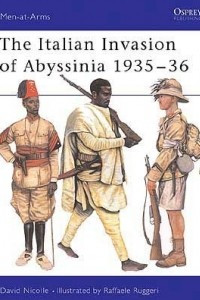
The Italian Invasion of Abyssinia 1935–36
Описание книги
In October 1935 Mussolini ordered the invasion of Ethiopia from Italian-held Eritrea and Somaliland, thinking that he would easily crush an ill-prepared and badly equipped enemy. The Italians, in the face of widespread condemnation from the League of Nations, spread terror and destruction through their indiscriminate use of air power and poison gas against an enemy more used to medieval methods of warfare. David Nicolle examines in detail the units, equipment and uniforms of the forces on both s...
In October 1935 Mussolini ordered the invasion of Ethiopia from Italian-held Eritrea and Somaliland, thinking that he would easily crush an ill-prepared and badly equipped enemy. The Italians, in the face of widespread condemnation from the League of Nations, spread terror and destruction through their indiscriminate use of air power and poison gas against an enemy more used to medieval methods of warfare. David Nicolle examines in detail the units, equipment and uniforms of the forces on both sides of this conflict that unrealistically bolstered Il Duce's colonial ambitions. A great read ably supported by Raffaele Ruggeri's detailed full-page colour plates. Книга «The Italian Invasion of Abyssinia 1935–36» автора David Nicolle оценена посетителями КнигоГид, и её читательский рейтинг составил 8.00 из 10.
Для бесплатного просмотра предоставляются: аннотация, публикация, отзывы, а также файлы для скачивания.
- Просмотров: 98
- Рецензий: 0
- Переводчики: не указаны
- Серия: Men-at-Arms
- ISBN (EAN): 9,78186E+12
- Языки: Английский
- Возрастное ограничение: не указано
- Год написания: 1997


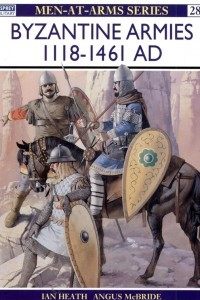

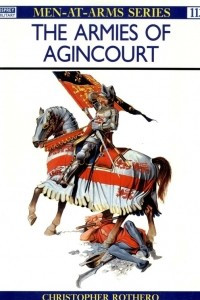
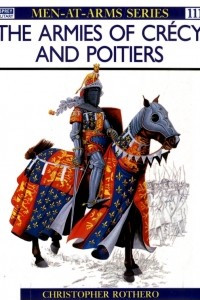
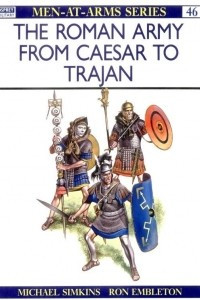

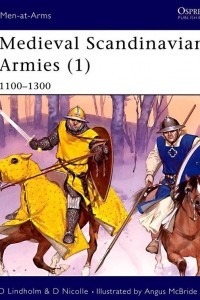
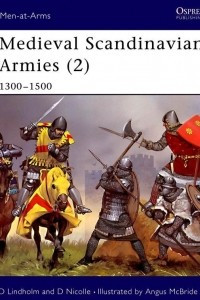
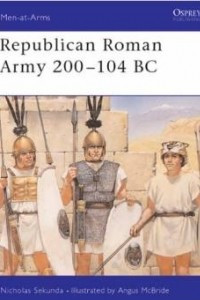
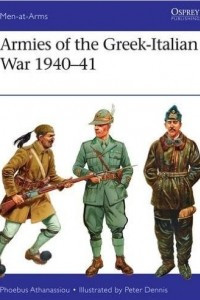




Рецензии на книгу
Написано 0 рецензий